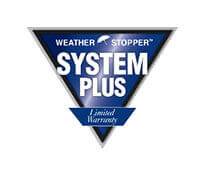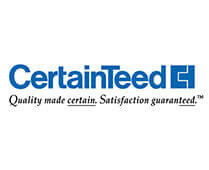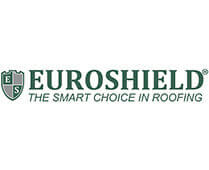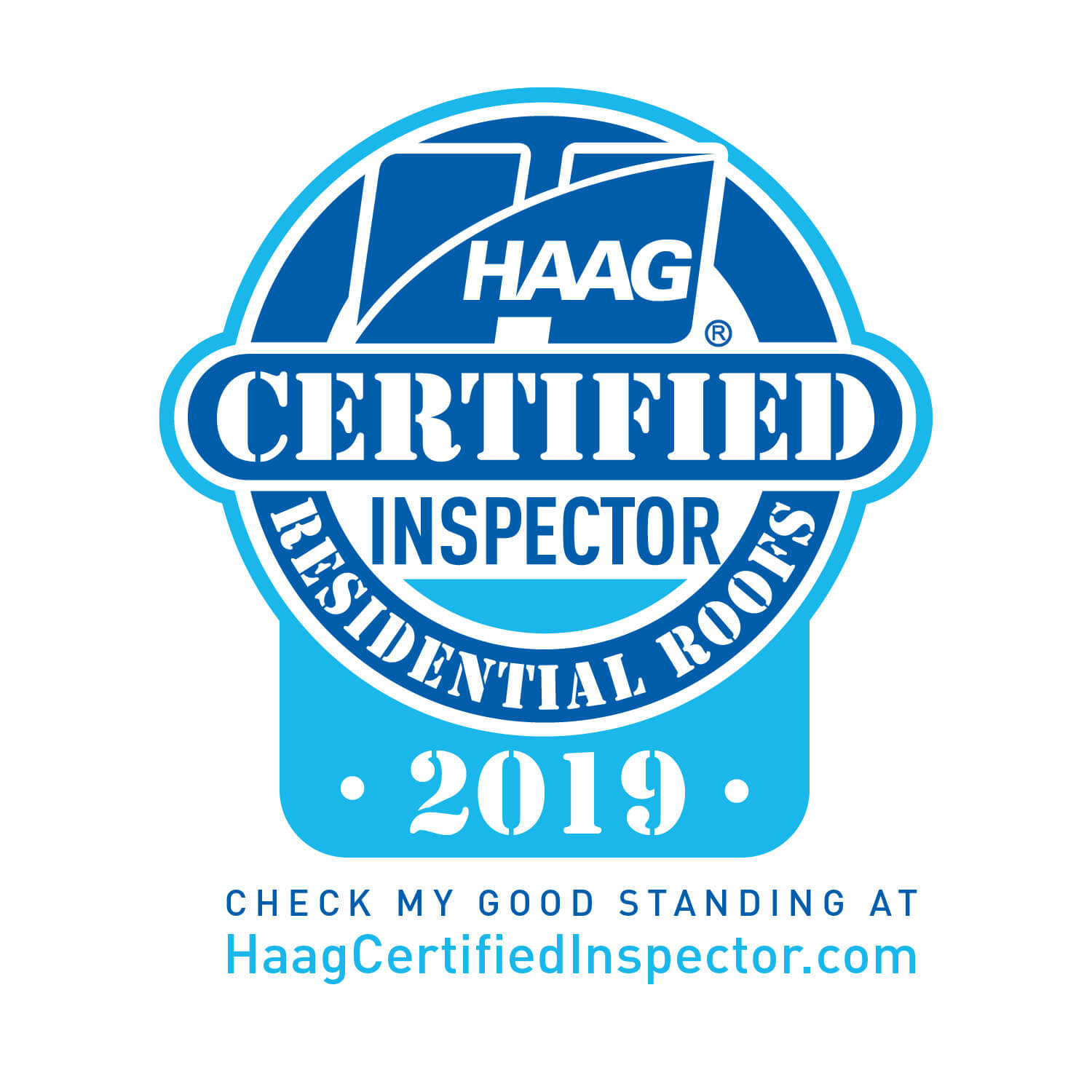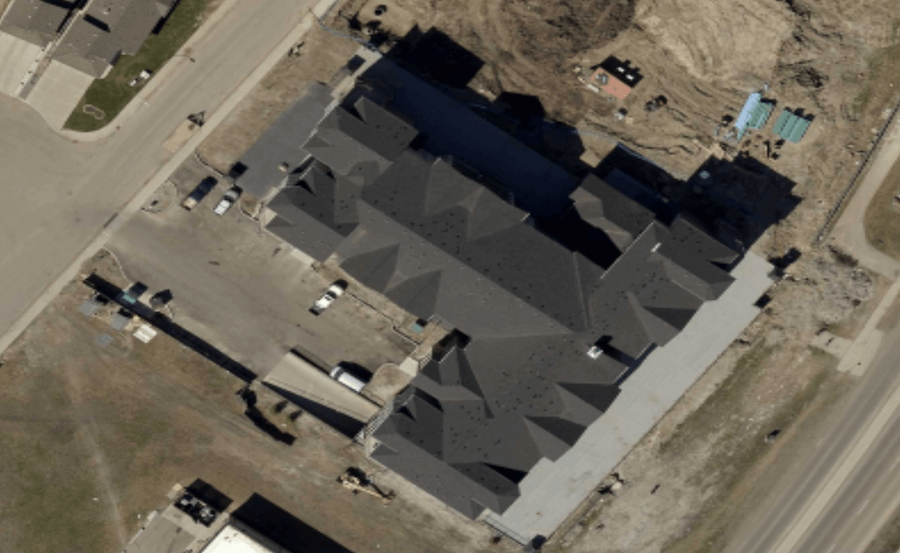
January 07, 2021
Roofing Shingles QA
Roofing Shingles QA provides answers to many roofing shingle myths and may guild you in the purchase process.
Does a heavier shingle mean that it is of better quality?
No, a heavier shingle does not mean better quality. Weight is only one factor that affects a shingle's quality; other factors include resistance to tearing and asphalt quality.
Do dark-coloured shingles increase the temperature on the surface of a roof?
Yes, dark-coloured shingles are made of materials that absorb more heat than lighter-coloured shingles. This temperature can vary by 20-50 degrees centigrade in some cases.
How can I keep my attic cool?
Asphalt shingles play a large role in heating the attic. They have less reflective properties and therefore absorb more solar energy from the environment. As a result, the rooftop temperature will increase, and the trapped solar energy will radiate downwards to the attic and living space. Here are four ways you can keep your attic from overheating:
- Install Proper Ventilation: The temperature of a properly ventilated attic can be as much as 20 degrees centigrade lower than that of a poorly vented or unvented attic.
- Use Solar Reflective Shingles: Many (asphalt shingle) manufacturers offer patented solar reflective shingles. They are designed to reflect solar energy into the atmosphere and effectively reduce heat transfer than traditional asphalt shingles.
- Use Light-coloured Shingles: Can't find solar reflective shingles? That's ok. You can always choose a lighter colour to reduce the heating!
- Install a Metal Roof: Like solar reflective shingles, metal roofs are highly reflective and can reduce heat transfer by reflecting solar energy into the atmosphere. Metal roofs have an initial solar reflectivity of 0.68 and an emittance of 0.86. The solar reflectivity of asphalt shingles is usually lower than metal roofs.
Class 4 IR Shingles are Hail Proof.
No, Class 4 shingles are not hail proof. But they are designed to greatly improve the wind and hailstorm resistance.
What does Class 4 mean then? Under the national standard for roof impact resistance, roofing materials are divided into four ratings, from Class 1 to Class 4, based on their resistance to laboratory impact testing with steel balls simulating hailstorms.
In a Class 4 IR test, a 2-inch steel ball is dropped from 20 feet to see if the shingles will crack or tear. When the shingles pass this test, it shall be classified as Class 4.
Most roofing shingles are Class 3. Premium laminated shingles such as CertainTeed Northgate and some permanent roofing systems (Euroshield) are all Class 4 roofs.


